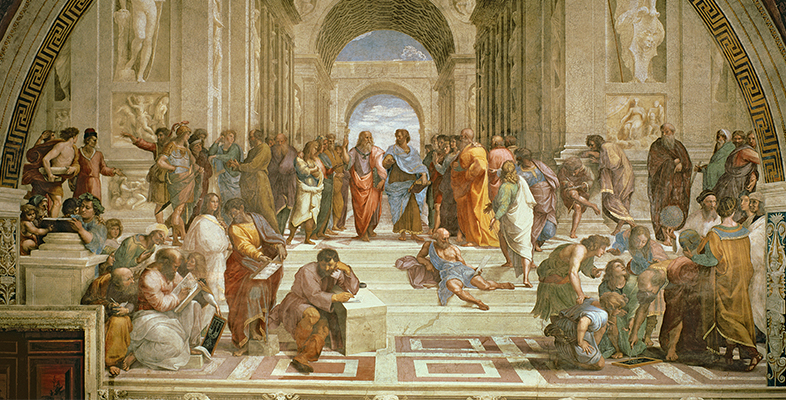3 Elliot: Part IV
Finally, you have come to Part IV of Elliot’s paper. This is only one page long.
Activity 2
Read Part IV of Elliot’s article [Tip: hold Ctrl and click a link to open it in a new tab. (Hide tip)] now and see if you notice a slightly odd development in the argument.
- What new argument is Elliot using against the restoration thesis?
Answer
- He argues that environmental engineering will not be able to make things exactly as they were before: ‘there is always the possibility that the trained eye will tell the difference’ (p. 92).
- Why does he make this argument?
Answer
- He says ‘it appeals to diverse value-frameworks’. That is, different people who value different things (the look, the ecological richness, the stability and so on) will all be able to object (p. 92).
The development in Elliot’s argument is described as ‘slightly odd’ in the activity above because previously his focus had been on arguing that, even if the restoration was exact, there would be a loss of value. In Part IV, the emphasis is on the argument that the restoration would not be exact – it would not be ‘empirically adequate’.
This concludes your reading of Elliot’s paper.
